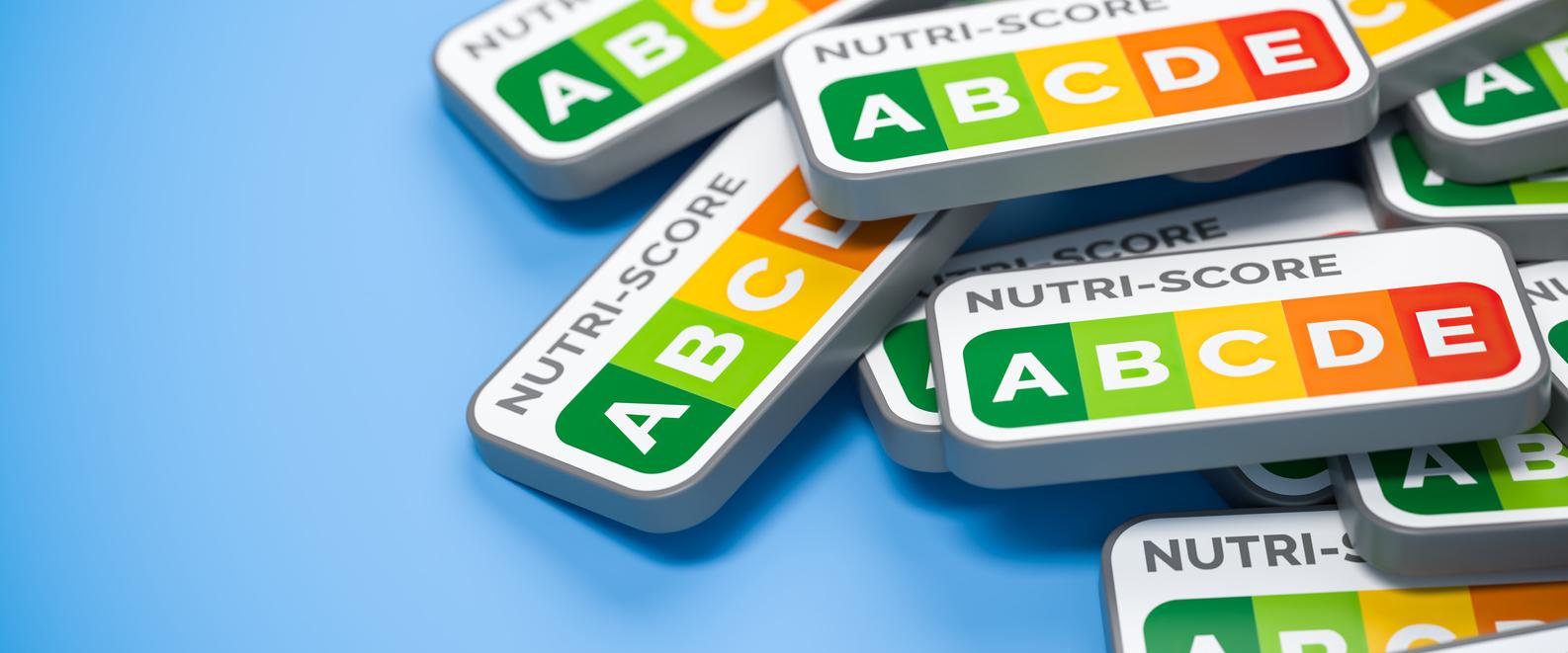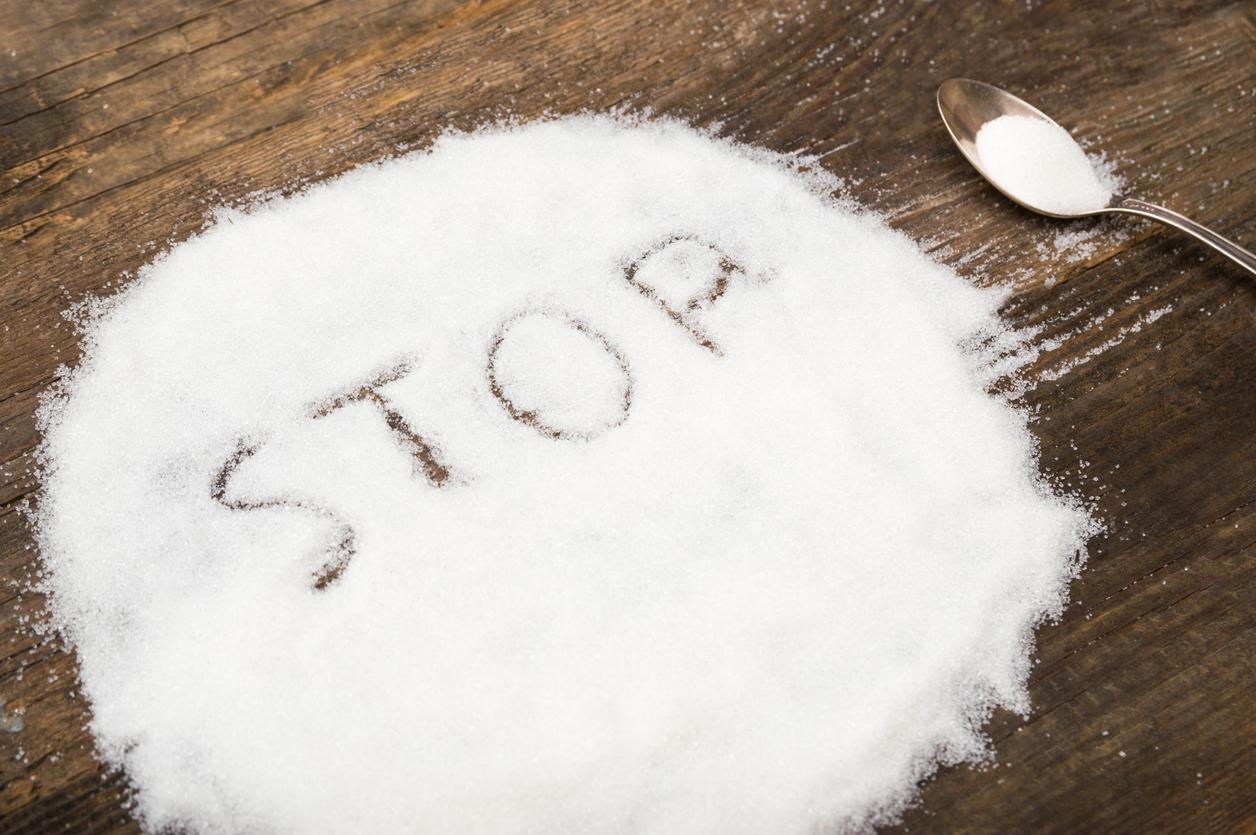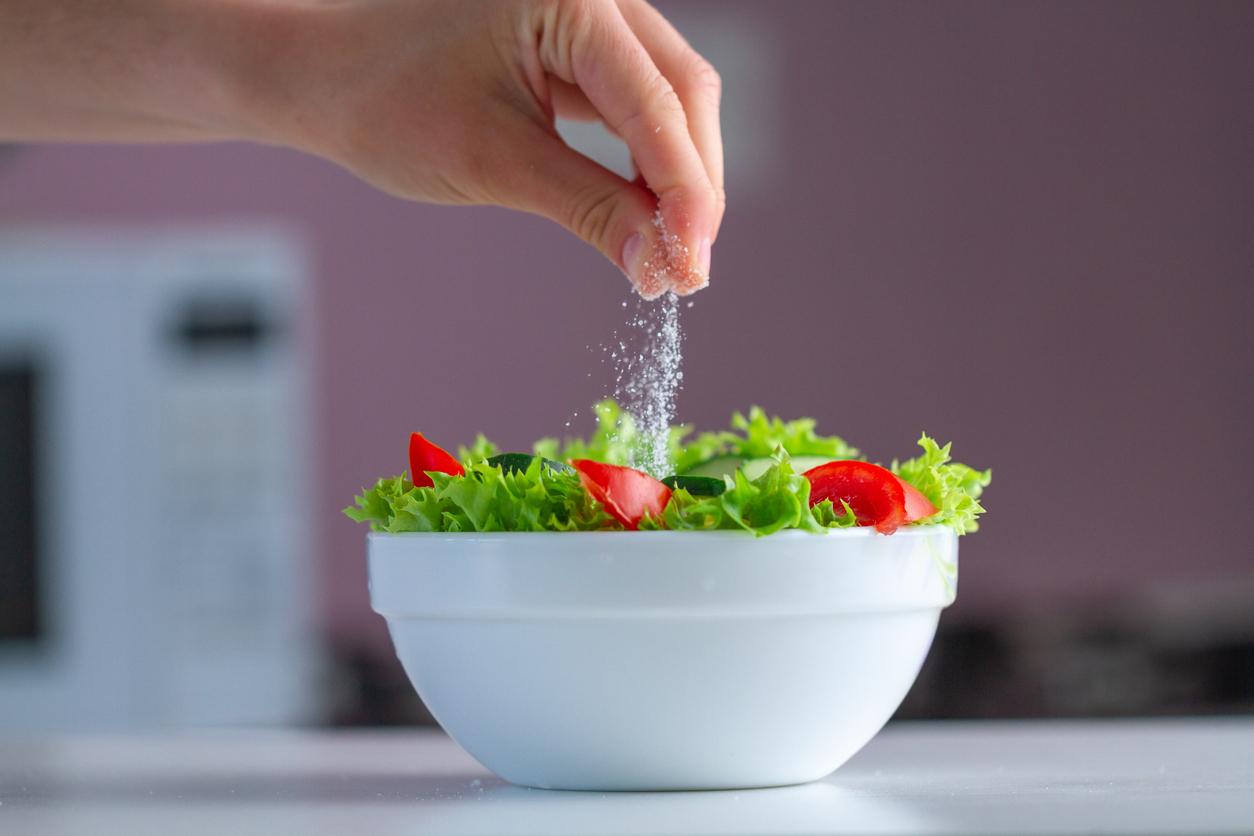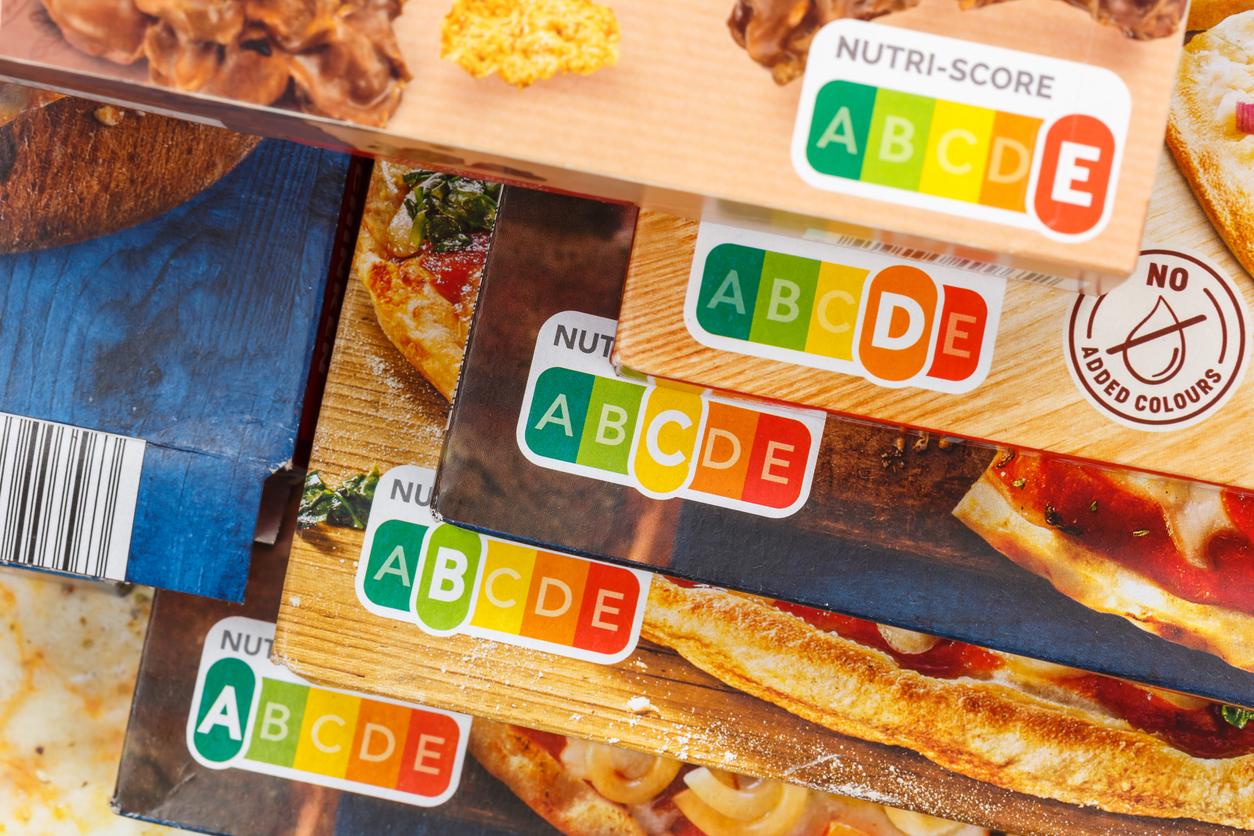The Nutri-score is evolving: it will be more severe with foods containing too much sugar and salt but will enhance those rich in protein and fiber.

- The method of calculating the Nutri-score will change from April 2024 in France.
- Manufacturers and distributors will have two years to apply it.
- Products high in salt or sugar will be rated more harshly, and those containing protein and fiber will be rated higher.
In France, from April 2024, manufacturers and distributors will have two years to apply the new Nutri-score and update their packaging. This logo, which informs the customer about the nutritional quality of food products, is updated in the seven European countries which apply it. The calculation method is evolving to integrate the latest scientific knowledge.
A stricter Nutri-score with sweet and salty foods
Thus, the Nutri-score will now be more severe with sugary foods (-15 points compared to 10 in the current one) and with a high salt content (-20 points compared to 10), which are at risk for health.
“A D or E rating does not mean that you should not consume this food, but it is an invitation to moderation… and of course to prefer a better rated equivalent product.”, indicates Professor Serge Hercberg, nutritionist, former director of the National Health Nutrition Program and founder of Nutri-Score, at Parisian.
On the other hand, other foods will be better rated, notably those with a high fiber and protein content (except for those from red meat, the consumption of which should be limited due to the risk colorectal cancer).
“It will be easier to spot products made from wholemeal flour, rich in fiber, which will now have better scores than their refined equivalents, says Pauline Ducrotresponsible for expertise in prevention and health promotion at Public Health France. Many products will therefore see their score change, between 30 and 40% of products are affected. It is not the composition of the products that changes but the way in which their score is calculated.”
From A to C for breads depending on their fiber content
White breads, which contain few nutrients and fiber, will for example be classified B or C (depending on their salt content), compared to A for wholemeal breads rich in fiber. Some cereals will be graded C to distinguish them from those containing little sugar, i.e. 0 to 7 g/100g.
“For drinks specifically, the presence of sweeteners is now taken into account in order to prevent manufacturers from using these additives instead of sugar to improve the quality of their products, continues Pauline Ducrot. Diet sodas containing sweeteners will no longer be rated B, but from C to E.”
Other changes: fruits, vegetables and legumes are now in a category of their own, while oleaginous fruits are part of fats, because they are rich in lipids. However, those without added salt or sugar will be classified A or B, compared to C or D for the others.

















